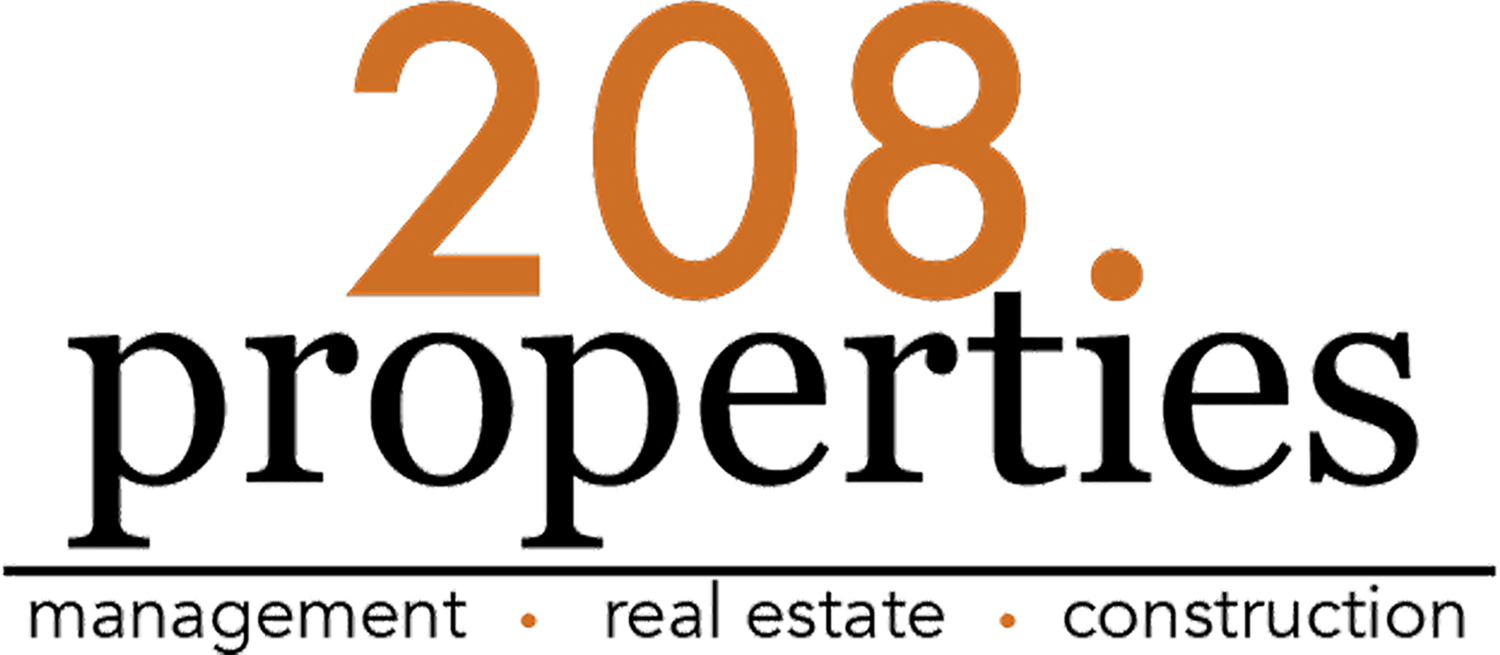When exploring real estate investments for revenue potential, it is essential to conduct thorough research. A rent roll analysis allows you to take a look end to the property's history and assess its potential.
But a rent roll analysis isn't only valuable for investors. Property managers too can use this tool to track finances, problems, vacancies, and market comparison statistics in order to examine how to maximize the potential of any property.
Cultivating an asset for your highest possible return on investment (ROI) can be as simple as conducting a rent roll analysis. Find out what that means and how you as an investor or property manager can use it to achieve success.
Rent Roll Analysis Defined
Simply put, a rent roll is a history of rent revenue across properties and lease agreements. It puts all of a property's financial information in one place so that you can make a quick assessment of your investment.
This tool is typically used by all kinds of investors and mortgage brokers to explore the kinds of revenue that can be generated from any rental property. More commonly, it's applied to multi-family units as a way to verify rent income potential.
As a tool for property managers, a rent roll analysis can also show problems with the property as well as available solutions. For example, if a property manager sees high vacancy rates and turnover in the property, they can then narrow down the source of the issue, understand why it's occurring, and make a plan to resolve any problems.
By providing a comprehensive approach like this for assessing a property's potential, a rent roll analysis is an invaluable tool. For any property you're examining, make rent roll a priority of your assessment.
But how do you know what to look for?
What to Track
There are a few important metrics that you'll need to track to fully understand the potential of a multi-family property. From the gross potential rent to losses that occur on the property due to vacancy or misuse, you can paint a broad and accurate picture of all units to gain a more perfect understanding.
These are the key performance indicators (KPIs) that you should look for on a rent roll:
Gross potential rent — the combined market value for all leased and vacant units.
Rent increase potential — how much rent rates differ from market value per unit.
Vacancy and turnover rates — total revenue lost from vacant units.
Gain or loss per lease — how much you’re gaining or losing per lease agreement based on market rent.
With these metrics assessed, you see the complete picture. You can then understand exactly what the property is capable of, and how it has or hasn't been living up to that potential. From there, you can make a plan of attack for how to maximize the value of the investment or determine whether or not that investment is worthwhile.
With a thorough rent roll analysis conducted, complete with useful KPIs, you'll understand how to expand and maximize your potential.
Expanding your Potential
With a comprehensive view of the status of each and every unit in a multi-family property, you can expand your potential through examining your ability to increase rents, reduce vacancies in turnovers, and even refinance the property to get better deals. These tools can be invaluable in cultivating an asset that boosts your ROI to its absolute maximum.
When evaluating where you can increase rents, it helps to lay out a history of each unit and the payments made by month in comparison to market value. You can do this fairly easily with a spreadsheet created with Excel or Google Sheets. List the history of each unit in a single row and evaluate where you can increase rent to match up with the state of the market.
Then, explore your rates of vacancy and turnover. By painting a comprehensive picture of which units have gone empty and which have stayed full, you can begin to understand where your attention is most needed. This analysis allows you to pinpoint any units with an overly high turnover rate. From there you can develop a plan to solve any maintenance issues or build an incentive program that keeps tenets interested.
Finally, when assessing the property, the rent roll analysis will be invaluable in helping you or the property owner refinance if refinancing is a desirable path for you. Your mortgage broker will want this assessment so that they can understand the full potential of the property. If you have a carefully calculated rent roll analysis, your potential to get better refinancing rates goes up.
Bottom Line
Don't neglect the importance of a thorough rent roll analysis in maximizing your ROI. As a real estate investor or a property manager, this tool is one of the most valuable in your tool kit for bridging gaps and solving problems. From increasing the potential of your rental revenue to mitigating losses caused by vacancies and turnover, rent roll is where to start.
Speak with real estate investment and financial professionals to make the most of your rent roll analysis and it sure you're not missing something you shouldn't be.
For more information on real estate investment and property management, contact 208.properties or find us on social media.



